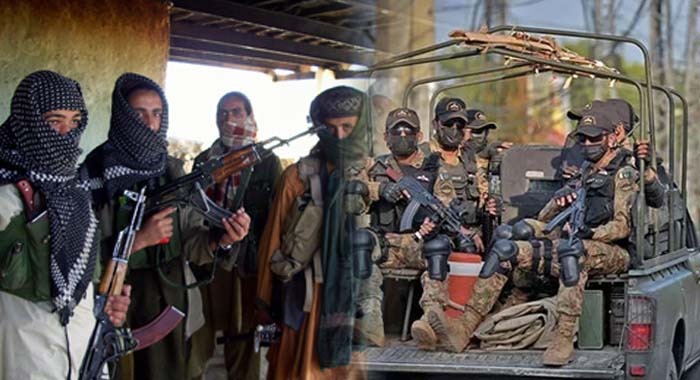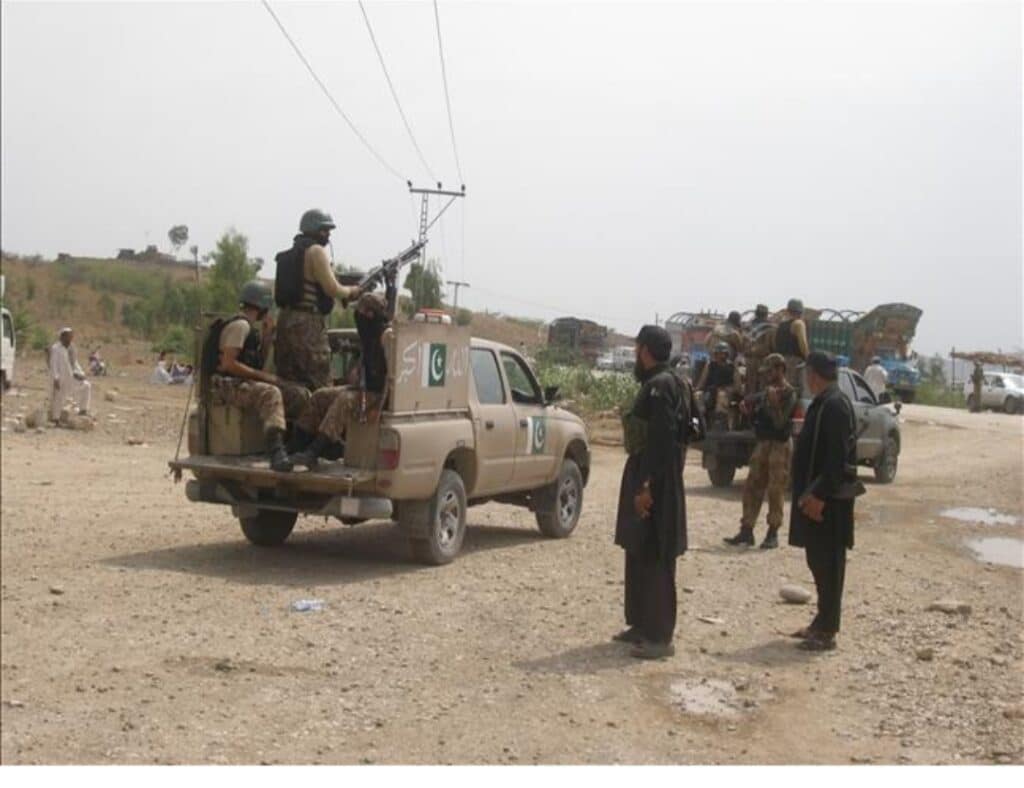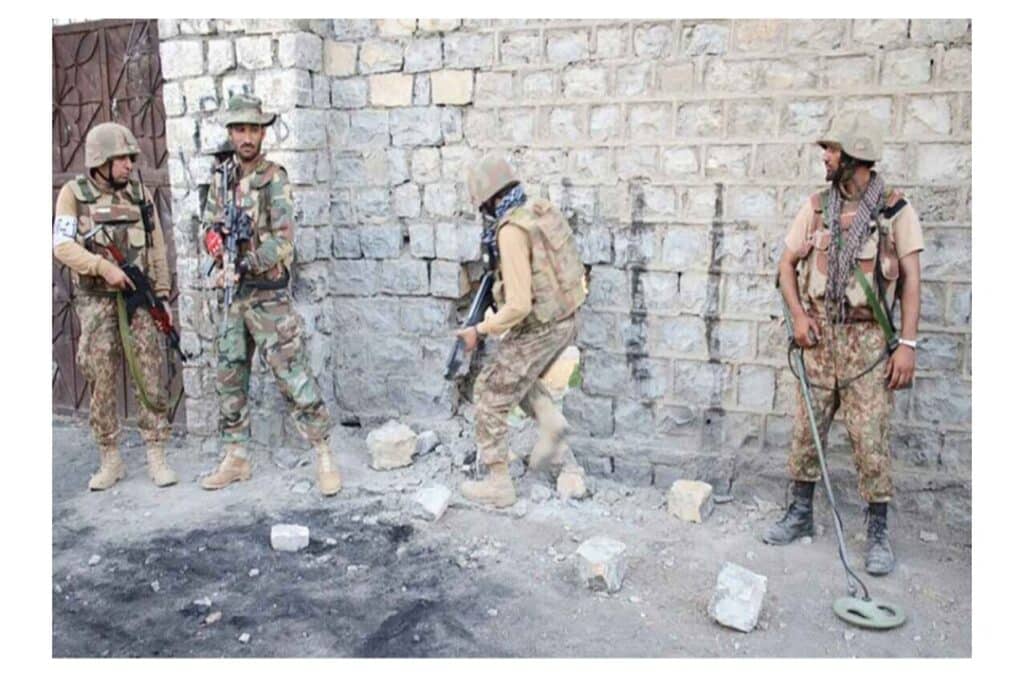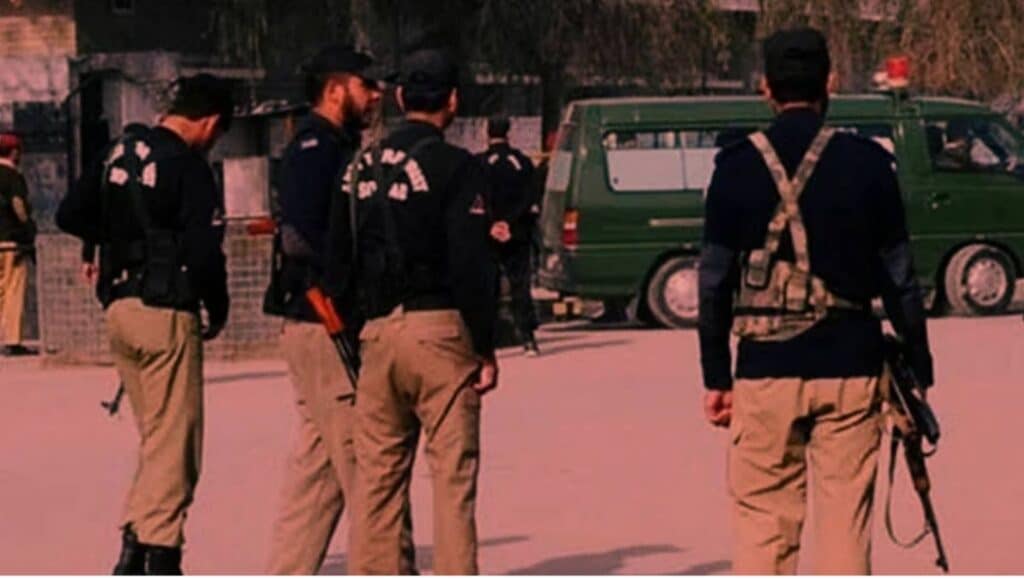The Tehreek-e-Taliban Pakistan (TTP) is seeking to extend its operational footprint beyond its traditional strongholds in Khyber Pakhtunkhwa, increasingly targeting Punjab the country’s most populous province and Karachi, the largest metropolitan center in Sindh. While the group remains significantly constrained compared to its northwestern bases, its expansion demonstrates both strategic ambition and an adaptive operational approach. Pakistani security forces, however, have actively disrupted these networks through intelligence-led operations, counterterrorism interventions, and proactive law enforcement, limiting the TTP’s ability to establish a sustained presence. At the same time, cross-border sanctuaries and support in Afghanistan have complicated these efforts, allowing militants to regroup, train, and coordinate attacks across the border. This evolving dynamic underscores the critical importance of continued vigilance, regional cooperation, and robust counterterrorism measures.
Since mid-2023, the TTP has formalized its organizational ambitions through its “shadow government” framework, dividing Punjab into North and South shadow provinces and later extending shadow governance to Karachi. The group has also consolidated multiple smaller militant factions, including former elements of the “Punjabi Taliban” and other urban-based militant networks. This effort reflects a strategic attempt to re-establish anti-state networks outside the Pashtun-dominated northwest, aiming to influence urban and semi-urban regions where the state maintains strong presence but operational gaps remain.
Historically, the Punjabi Taliban composed of militants from Punjab and Karachi played a central role in establishing urban jihadist networks after the September 11 attacks. Groups led by figures such as Amjad Farooqi from Faisalabad and Karachi-based Jundullah targeted high-profile state and military installations, Western diplomats, and civilian centers. However, by 2014, the Punjabi Taliban’s influence waned due to the emergence of al-Qaeda’s South Asia branch (AQIS), intra-TTP factional conflicts, and decisive counterterrorism operations by Pakistan’s security forces, which disrupted networks and neutralized key commanders.
The TTP’s revival in non-Pashtun regions is closely linked to Commander Chaudhry Muneeb-ur-Rehman Jatt, a senior figure with deep operational experience. Muneeb has been instrumental in coordinating the TTP’s military and media operations, serving as media chief and “shadow governor” for South Punjab. Leveraging his connections with former al-Qaeda elements and Lashkar-e-Jhangvi supporters, Muneeb has worked to rebuild cells in Punjab, Balochistan, and Karachi. His leadership demonstrates how experienced commanders are central to the TTP’s adaptive strategy, combining propaganda with tactical operations to sustain influence.
Recent TTP operations illustrate the potential impact of its expanding network. High-profile attacks, such as the February 2023 assaults in Mianwali District and Karachi, the November 2023 M.M. Alam Airbase attack involving multiple suicide bombers, and targeted assassinations of senior counterterrorism officers, highlight the group’s tactical capabilities. Nevertheless, Pakistani security forces have consistently responded with coordinated operations, arrests, and intelligence-driven interventions that have disrupted cells and prevented the consolidation of a permanent foothold in these regions. The death of key local commanders and dismantling of militant networks demonstrates the effectiveness of Pakistan’s proactive security strategy.
The cross-border dimension remains a significant challenge. Afghan territory has provided militants with opportunities to regroup, train, and launch attacks with relative impunity. Analysts indicate that certain factions in Afghanistan have, at times, allowed TTP elements to operate from its soil, complicating Pakistan’s counterterrorism operations. While the Afghan security environment is complex, the TTP’s ability to exploit cross-border sanctuaries highlights the importance of enhanced regional cooperation, intelligence sharing, and joint operational measures to counter this adaptive threat.
Despite operational setbacks, the TTP’s resurgence illustrates a deliberate and adaptive approach. By reintegrating disbanded factions, leveraging urban networks, and employing sophisticated media operations under leaders like Muneeb, the group demonstrates organizational resilience. Yet, its expansion remains limited due to Pakistan’s active counterterrorism measures, including intelligence-led raids, law enforcement interventions, and strategic oversight across provinces. These measures continue to constrain the TTP’s operational capacity and mitigate risks to urban centers and critical infrastructure.
Pakistan’s comprehensive security strategy has not only targeted TTP cells within Punjab, Sindh, and Khyber Pakhtunkhwa but has also strengthened counterterrorism coordination with local law enforcement and paramilitary units. Key successes include the prevention of large-scale attacks, neutralization of leadership figures, and disruption of recruitment pipelines. These achievements underline the capability and commitment of Pakistani security forces in defending the nation against evolving militant threats.
In conclusion, the TTP’s expansion into Punjab and Karachi represents an adaptive, multi-pronged insurgent strategy rather than an established resurgence. Pakistani security forces, through decisive operations and sustained intelligence-led interventions, have successfully limited the group’s operational reach. However, the cross-border dynamics with Afghanistan, which provide opportunities for militants to regroup and plan attacks, underscore the necessity for ongoing regional cooperation. As the TTP seeks to test the resilience of Pakistan’s security framework, the continued vigilance, coordination, and strategic foresight of the state remain central to preserving national stability and countering evolving extremist threats.





